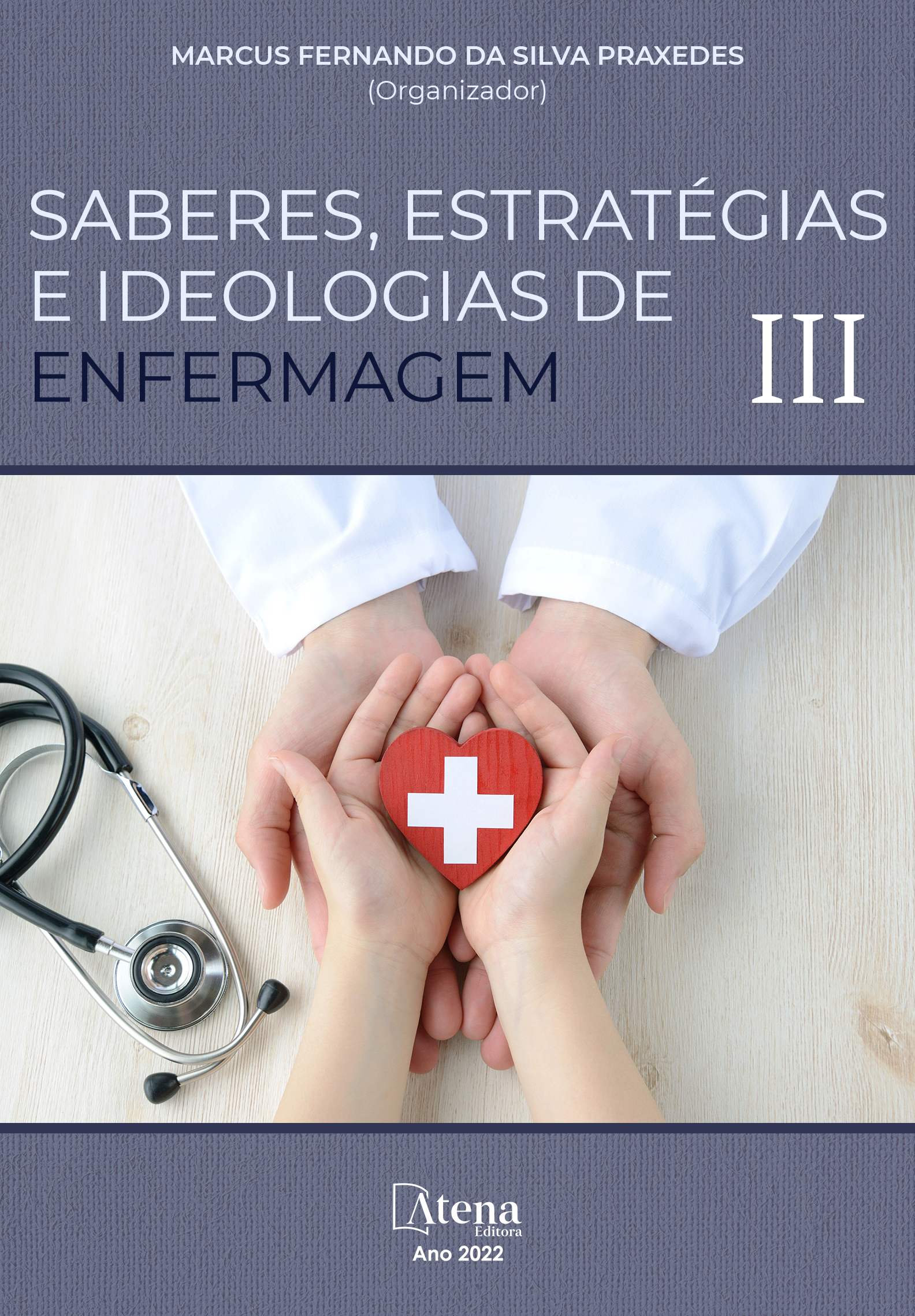
PERFIL MICROBIOLÓGICO, SUSCEPTIBILIDADE E PRESCRIÇÃO EMPÍRICA DE ANTIBIÓTICOS PARA INFECÇÃO DO TRATO URINÁRIO
O estudo teve por objetivo analisar o perfil microbiológico, a susceptibilidade e prescrição empírica de antibióticos para infecção do trato urinário na população estudada. Trata-se de um estudo quantitativo, analítico e metodológico, realizado no pronto atendimento de uma instituição filantrópica, entre fevereiro e setembro de 2019. Foram analisadas 129 uroculturas de pacientes com hipótese diagnóstica de ITU, aos quais foram prescritos antibióticos empiricamente. O maior acometimento foi no sexo feminino com 101 (78,3%) dos participantes e quanto a faixa etária, predominou entre 18 e 59 anos com 98 (76%) pacientes. A hipertensão arterial sistêmica destacou-se como a comorbidade mais citada, 15 (22,1%) pacientes. Os sintomas mais frequentes foram a dor lombar, 60 (14,5%), disúria, 52 (12,5%) e dor suprapúbica, 48 (11,6%). Em relação aos antibióticos mais prescritos a amoxicilina + ácido clavulânico ocupou o primeiro lugar com 51 (39,2%) prescrições, seguido de ciprofloxacino com 25 (19,4%), nitrofurantoína com 14 (10,8%) e sulfametoxazol + trimetropina com 11 (8,6%). Não foi solicitado o exame de elementos anormais do sedimentado a 76 (59%) dos pacientes, sendo que não houve crescimento bacteriano em 49 (64,5%), no entanto, todos utilizaram antibióticos. Os patógenos identificados foram a Escherichia coli, Proteus mirabilis e Proteus vulgaris. Em relação a resistência antimicrobiana, as variáveis com significância foram o agente etiológico (p<0,001) e as comorbidades do sistema urinário (p=0,02). Entre os antibióticos prescritos e testados, a sulfametoxazol + trimetropina apresentou maior resistência. Nitrofurantoína, cefalotina e amoxicilina + ácido clavulânico também se destacaram. O estudo traz aspectos relevantes para a prática clínica e de prescrição segura, uma vez que resultou em um delineamento do perfil microbiológico, com suas respectivas taxas de resistência bacteriana.
PERFIL MICROBIOLÓGICO, SUSCEPTIBILIDADE E PRESCRIÇÃO EMPÍRICA DE ANTIBIÓTICOS PARA INFECÇÃO DO TRATO URINÁRIO
-
DOI: 10.22533/at.ed.23322300328
-
Palavras-chave: Antibacterianos; Infecções urinárias; Susceptibilidade a doenças; Gestão de antimicrobianos; Prescrições de medicamentos
-
Keywords: Antibiotic; Urinary system; Susceptibility to disease; Antimicrobial management; Drug prescriptions.
-
Abstract:
The study aimed to analyze the microbiological profile, susceptibility and empirical prescription of antibiotics for urinary tract infection in the studied population. This is a quantitative and descriptive study, carried out in the emergency care of a philanthropic institution, between February and September 2019. It were analyzed 129 urine cultures of patients with hypothesis diagnostic of UTI, who were prescribed antibiotics empirically. A greater involvement was evidenced in females: 101(78,3%) between 18 and 59 years of age: 98 (76%). Systemic arterial hypertension stood out as the most cited comorbidity: 15 (22,1%). The most common symptoms were low back pain: 60 (14,5%), dysuria: 52 (12,5%) and suprapubic pain: 48 (11,6%). Regarding the most prescribed antibiotics, the amoxicillin + clavulanic acid occupied the first place: 51 (39,2%), followed by ciprofloxacin: 25 (19,4%), nitrofurantoin: 14 (10,8%) and sulfamethoxazole + trimetropine: 11 (8,6%). Abnormal elements of sediment were not requested at 76 (59%) patients, and there was no bacterial growth in 49 (64.5%), however, all patients used antibiotics. The pathogens identified were Escherichia coli, Proteus mirabilisand Proteus vulgaris. Regarding antimicrobial resistance, the variables with significance were the etiological agent (p<0.001) and the comorbidities of the urinary system (p=0.02). Among the prescribed and tested antibiotics, sulfamethoxazole + trimetropine showed the highest resistance. Nitrofurantoin, cephalotin and amoxicillin + clavulanic acid also stood out. The study brings relevant aspects to clinical practice and safe prescribing, since it resulted in an outline of the microbiological profile, with their respective rates of bacterial resistance.
-
Número de páginas: 15
- Gessiane de Fátima Gomes
- Paulo Celso Prado Telles Filho
- Rosana Passos Cambraia
- Mariana Roberta Lopes Simões
- Marcus Fernando da Silva Praxedes


